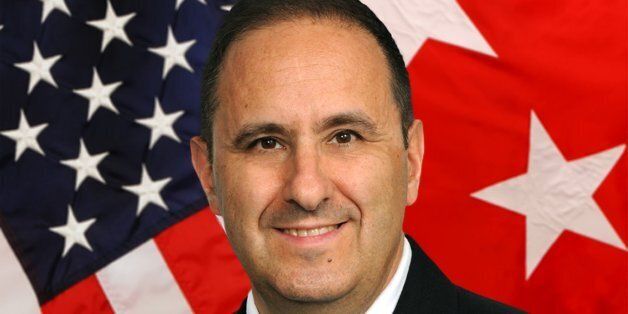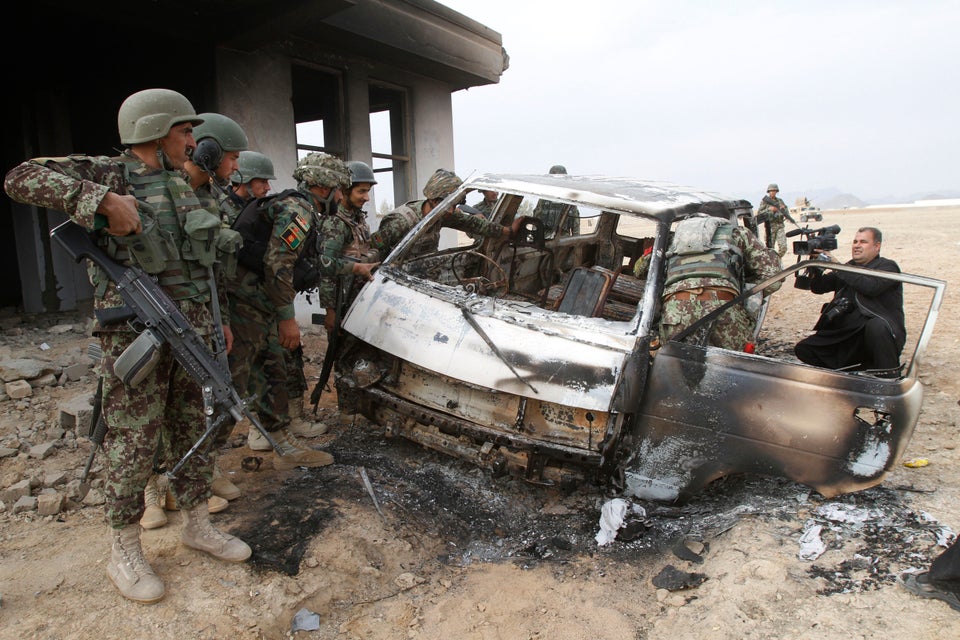
WASHINGTON, Dec 4 (Reuters) - An Afghan military policeman who fatally shot a U.S. general and wounded more than a dozen other people at a training center in Kabul apparently acted independently and had no links to the Taliban or other extremist groups, according to a report released on Thursday.
An investigation by the U.S.-led International Security Assistance Force (ISAF) said the insider attack was not premeditated and that the shooter, identified as Rafiqullah, may have been ill or a self-radicalized.
On Aug. 5, Rafiqullah opened fire with an M16 assault rifle through a bathroom window as about 60 people gathered outside barracks on a routine visit to the Marshal Fahim National Defense University.
Among the 18 people hit by gunfire were U.S. Major General Harold Greene, a senior officer with ISAF, who became the most senior U.S. military official killed in overseas action since the Vietnam War, and a German general, who was wounded.
Rafiqullah fired up to 30 rounds before he was killed by two coalition soldiers, the report said.
"The subsequent investigation did not identify any clear links between Rafiqullah and the Taliban or the other extremists groups," the report said. "Although there have been many leads, nothing has yet materialized that conclusively links the shooter to any plots, plans or person of interest.
"It may be that the shooter was self-radicalized or that he suffered from some sort of psychological condition."
The investigation determined the shooting could not have been anticipated or prevented and that there was no negligence in planning the tour.
Attacks by radicals who have infiltrated Afghan security forces have been a concern for the United States and other countries trying to bolster Afghanistan's military. Tighter security reduced the number of such attacks to 15 in 2013 after 48 in 2012, according to a Pentagon report. (Writing and reporting by Bill Trott; Editing by Jeffrey Benkoe)

